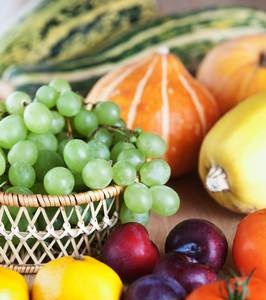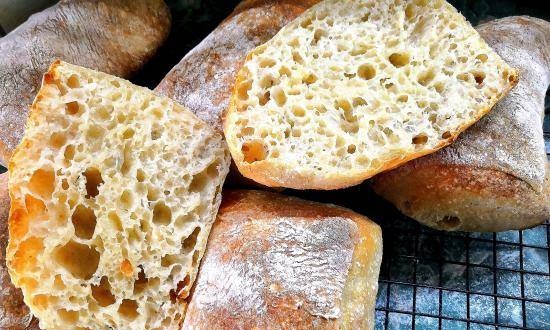Eating fruit increases biodiversity |
|
Long before humans invaded tropical rainforests, there were many other animals, such as giant sloths and gomphotoria, that enjoyed fruit snacks and thus served as seed distributors. “These large animals, called megafaunas, are now largely extinct,” says Renske Onstein, lead researcher. "But they probably contributed to the dispersal of palms with very large 'megafaunal' fruits from 4 to 12 cm long over long distances." These megafaunal fruits are too large to be swallowed by any other species, such as birds or bats, and currently only a few animals, such as tapirs, are large enough to swallow and disperse these seeds. “The goal of our study was to compare the speciation of palms with very large fruits and palms with smaller fruits,” Onstein says. "We expected that the historical interaction of these mafaunal palms with megafaunal animals would likely reduce their rate of speciation compared to palms with smaller fruits, due to increased gene flow between populations and therefore reduce the chances of geographic speciation."
These results provide important information about the future of biodiversity. “We are currently witnessing a massive wave of species extinction around the world, fueled by our human dominance in Earth's ecosystems,” says Daniel Kissling, who pioneered the study. Many species are disappearing from our planet due to hunting, habitat fragmentation and other human influences.This so-called defaunization is one of the main drivers of global environmental change and has serious consequences for the functioning of ecosystems and human well-being. “Our research shows that interactions between species, such as between animal seed carriers and the plants they feed on, are critical to biodiversity and the benefits that nature provides to humans,” explains Daniel Kiessling. “Therefore, we must not only protect individual species, but also provide enough space and a suitable habitat for animals to live. We also need to focus on restoring important interactions between species where they were lost. ” Without it, the future biodiversity will look like a supermarket with empty shelves. Kordopolova M. Yu. |
| Why Vegetarianism Doesn't Help the Environment as Much as You Think | How to start a career as a photographer |
|---|
New recipes
 By scattering plant seeds, fruit-eating animals contribute to an increase in plant speciation and hence biodiversity. These are the results of a new study led by Renske E. Onstein and W. Daniel Kiessling, researchers at the Institute for Biodiversity and Ecosystem Dynamics (IBED), Amsterdam. The results were published in the journal Nature Ecology & Evolution.
By scattering plant seeds, fruit-eating animals contribute to an increase in plant speciation and hence biodiversity. These are the results of a new study led by Renske E. Onstein and W. Daniel Kiessling, researchers at the Institute for Biodiversity and Ecosystem Dynamics (IBED), Amsterdam. The results were published in the journal Nature Ecology & Evolution.






